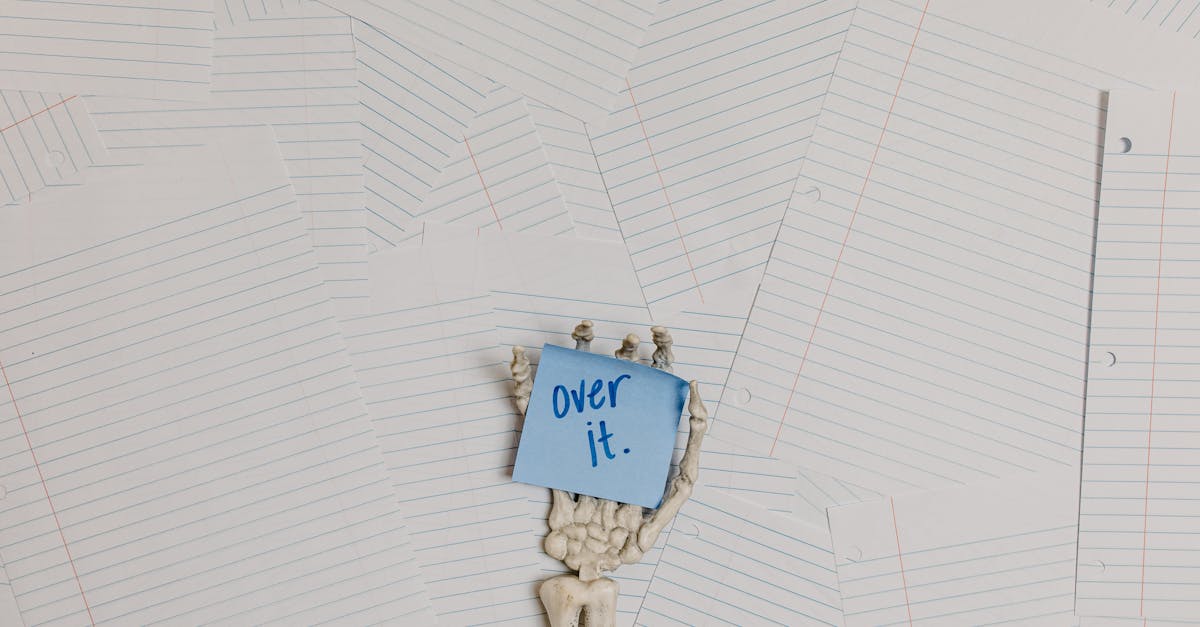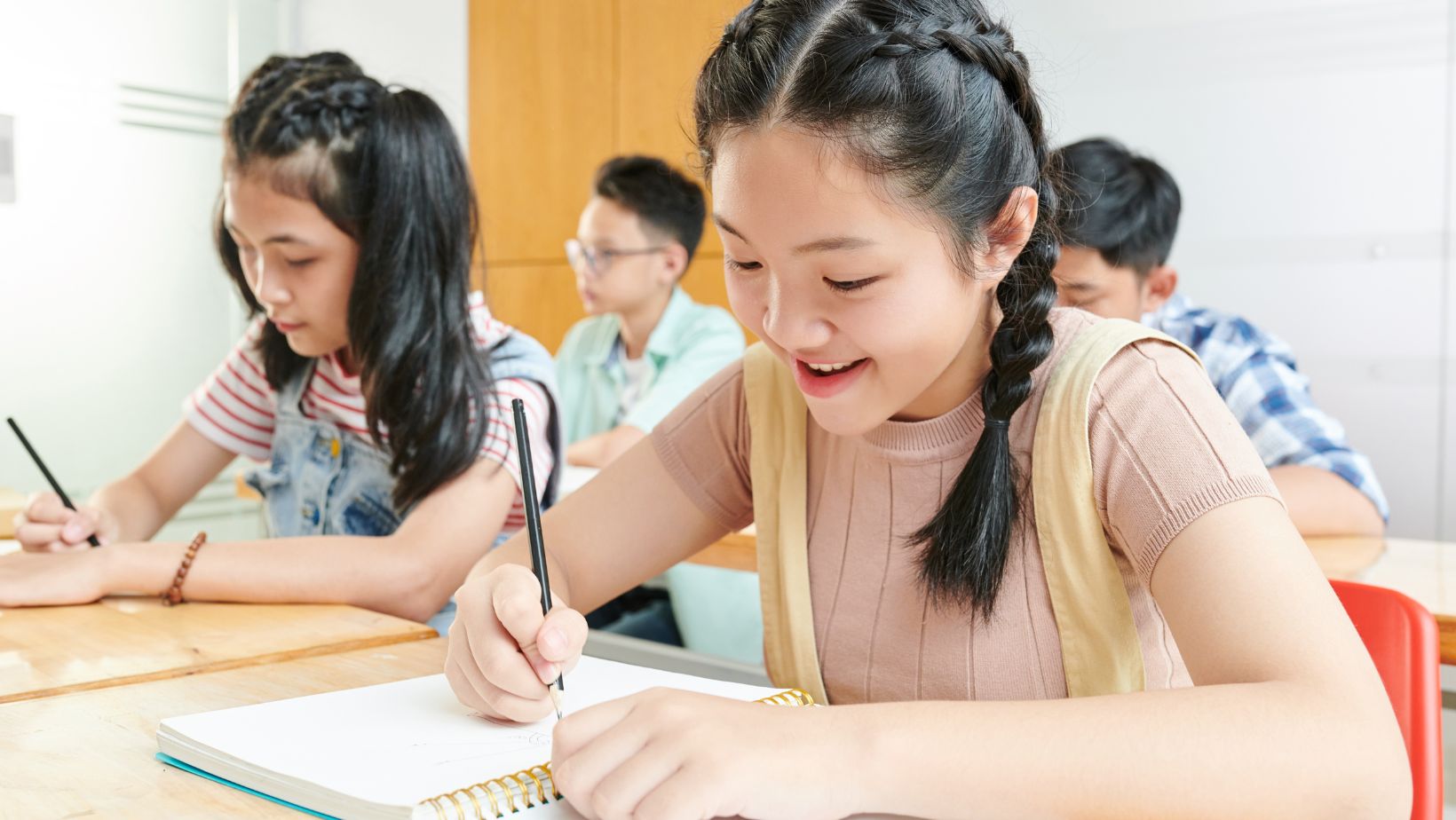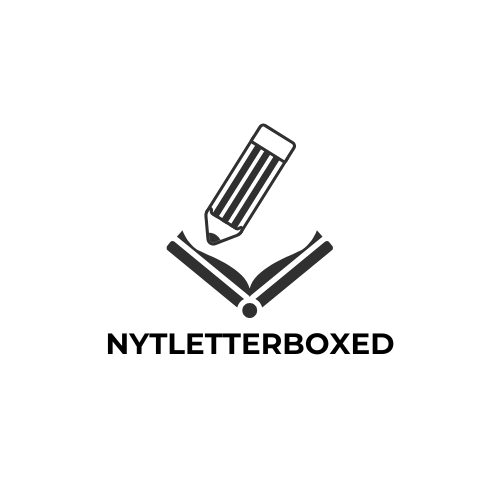
What Is a Creative Writing Class? A Complete Guide to Finding Your Voice as a Writer
As a creative writing instructor for over a decade, I’ve seen how these classes transform ordinary writers into masterful storytellers. A creative writing class is more than just putting words on paper – it’s a dynamic space where imagination meets craft and where budding authors learn to weave compelling narratives. I’ve discovered that creative writing classes offer a unique blend of instruction focused on various genres like fiction, poetry, and creative nonfiction. Whether you’re a complete beginner or an experienced writer looking to sharpen your skills, these courses provide essential tools and techniques to help you develop your unique voice. From character development to plot structure, you’ll learn the fundamental elements that make stories come alive while receiving valuable feedback from both instructors and peers.
Key Takeaways
- Creative writing classes combine structured learning with hands-on practice through workshops, peer feedback sessions, and writing exercises to develop storytelling skills.
- Classes cover essential elements like character development, plot structure, and dialogue writing across multiple genres including fiction, poetry, and creative nonfiction.
- Students benefit from regular workshop-style feedback sessions where they receive constructive criticism from both peers and instructors to improve their craft.
- Participants develop their unique writing voice while building a supportive network of fellow writers through collaborative exercises and shared critique sessions.
- Core assignments typically include short stories, poetry collections, creative essays, and workshop critiques, culminating in a final portfolio that showcases growth and mastery.
What Is a Creative Writing Class
Creative writing classes blend structured learning with hands-on practice through interactive workshops exercises. The classroom transforms into a collaborative space where writers engage with peers share ideas build skills.
Workshop-Style Feedback Sessions
Workshop sessions form the core of creative writing classes where writers present their work for peer review. I participate in structured critiques where 3-5 students share their pieces while others provide specific feedback on elements like dialogue pacing story arc. The instructor moderates these sessions ensuring comments remain constructive focused on craft elements:
- Analyze story structure scene progression plot development
- Identify strengths weaknesses in character development
- Examine language choices word selection tone
- Discuss narrative perspective point of view effectiveness
- Create character sketches using sensory details
- Develop dialogue exchanges between opposing personalities
- Craft setting descriptions using specific imagery
- Write opening hooks under 50 words
- Transform scenes by switching narrative perspectives
| Exercise Type | Duration | Focus Area |
|---|---|---|
| Flash Fiction | 15 mins | Story compression |
| Character Study | 20 mins | Personality development |
| Scene Building | 30 mins | Environmental detail |
| Dialogue Practice | 25 mins | Natural conversation |
| Plot Outlining | 45 mins | Story structure |
Essential Elements Covered in Creative Writing Classes
 Creative writing classes focus on fundamental storytelling components that transform raw ideas into polished narratives. These elements form the building blocks of compelling written work across all genres.
Creative writing classes focus on fundamental storytelling components that transform raw ideas into polished narratives. These elements form the building blocks of compelling written work across all genres.
Character Development
Character development explores the creation of memorable personas through detailed backstories motivations psychological traits physical characteristics. Creative writing exercises target character building through:
- Writing character sketches that outline physical traits emotional depth societal roles
- Creating character arcs that demonstrate growth conflict resolution transformation
- Developing character motivations that drive plot progression authentic reactions
- Establishing distinct character voices through mannerisms speech patterns habits
Plot Structure and Storytelling
Plot structure forms the backbone of narrative progression establishing clear story movement conflict resolution. Key plotting elements include:
- Three-act structure setup conflict resolution
- Rising action turning points climactic moments
- Subplot integration weaving secondary storylines
- Narrative pacing balancing tension release
- Story arc development maintaining reader engagement
- Writing natural-sounding dialogue reflecting character personalities
- Balancing dialogue tags with action beats
- Creating vivid settings through selective descriptive details
- Using sensory information sight sound smell taste touch
- Implementing show-don’t-tell principles through active description
- Weaving exposition naturally into dialogue scene description
Types of Writing Explored
Creative writing classes encompass diverse forms of literary expression, each with distinct techniques and stylistic elements. These specialized writing forms enable writers to master different storytelling approaches through focused practice and expert guidance.
Fiction Writing
Fiction writing explores imagined narratives through short stories novels screenplays. Writers learn essential elements like plot development character arcs conflict resolution world-building. The coursework includes:
- Character sketch exercises focusing on psychological depth physical descriptions backstories
- Plot outlining techniques using three-act structure rising action climax resolution
- Point-of-view exercises experimenting with first-person third-person omniscient limited perspectives
- Scene construction methods incorporating sensory details atmospheric elements pacing
Poetry and Verse
Poetry instruction centers on lyrical expression rhythm meter figurative language. Students explore traditional contemporary poetic forms through:
- Formal verse studies including sonnets haikus villanelles sestinas
- Free verse composition focusing on imagery metaphor symbolism
- Sound devices practice incorporating alliteration assonance rhyme schemes
- Line break experimentation examining visual presentation rhythmic impact
- Voice development exercises exploring tone mood emotional resonance
Creative Nonfiction
Creative nonfiction combines factual accuracy with literary techniques to tell true stories. The curriculum covers:
- Personal essay writing incorporating reflection analysis observation
- Memoir composition focusing on memory selection scene recreation dialogue
- Literary journalism techniques blending research storytelling reporting
- Narrative structure methods organizing true events into compelling arcs
- Research integration practices combining documented facts creative presentation
| Component | Practice Method | Feedback Focus |
|---|---|---|
| Structure | Weekly drafts | Technical elements |
| Style | Writing exercises | Voice development |
| Revision | Peer workshops | Literary techniques |
| Completion | Final portfolio | Overall impact |
Benefits of Taking Creative Writing Classes
Creative writing classes offer transformative advantages that enhance both writing skills and personal growth. These benefits extend far beyond basic writing instruction to create lasting impact on a writer’s journey.
Developing Your Unique Voice
Writing classes provide essential tools for discovering and refining my authentic writing voice. Through targeted exercises, feedback sessions, and experimentation with different styles, I develop distinctive patterns in word choice, sentence structure and narrative approach. Classes expose me to diverse writing techniques while encouraging individual expression in:
- Tone development through varied emotional expressions
- Style experimentation across multiple genres
- Perspective shifts between first, second and third person
- Rhythm establishment in prose and dialogue
- Language pattern recognition and refinement
- Immediate feedback from peers on works-in-progress
- Accountability partnerships for writing goals
- Network expansion with other writers and industry professionals
- Collaborative opportunities for future projects
- Access to writing groups outside of class
- Exposure to different writing perspectives and techniques
| Community Building Elements | Impact on Writers |
|---|---|
| Peer Review Sessions | Enhanced revision skills |
| Group Discussions | Broadened creative perspective |
| Writing Exercises | Improved technical abilities |
| Shared Resources | Expanded industry knowledge |
| Networking Events | Professional development |
Required Materials and Assignments
Essential Writing Tools:
- Professional notebook (8.5×11 inches) for in-class exercises
- Dedicated journal for daily writing practice
- Laptop or tablet with word processing software
- Cloud storage account (Google Drive or Dropbox) for file backup
- Writing software (Microsoft Word Scrivener or Google Docs)
Core Reading Materials:
- Course anthology or reading packet
- 3-5 contemporary literary magazines
- Style guide (Chicago Manual of Style or MLA Handbook)
- Writing craft books by established authors
- Selected short story collections or poetry volumes
Major Assignments:
| Assignment Type | Word Count | Due Period |
|---|---|---|
| Short Stories | 2,500-5,000 | Monthly |
| Poetry Collection | 10-15 poems | Bi-weekly |
| Creative Essays | 1,500-3,000 | Monthly |
| Workshop Critiques | 500-750 | Weekly |
| Final Portfolio | 8,000-10,000 | End of Term |
- Submit 3-5 original pieces for peer review
- Provide written feedback on classmates’ work
- Complete revision notes for workshop submissions
- Participate in group critique sessions
- Document revision process through multiple drafts
- Attend 2-3 literary readings per semester
- Complete 10 writing prompts weekly
- Maintain writing journal with daily entries
- Submit weekly reading responses (250-300 words)
- Create writing schedule with dedicated time blocks
Creative writing classes offer an invaluable journey into the craft of storytelling. I’ve found that these dynamic learning environments provide much more than just technical skills – they’re gateways to self-discovery and artistic growth.
Whether you’re a novice writer or an experienced wordsmith looking to refine your craft these classes provide the perfect blend of structured learning and creative freedom. The combination of expert guidance supportive peer feedback and hands-on practice creates an enriching experience that can transform your writing journey.
Taking a creative writing class isn’t just about learning to write – it’s about finding your unique voice and joining a community of fellow writers who share your passion for storytelling.
